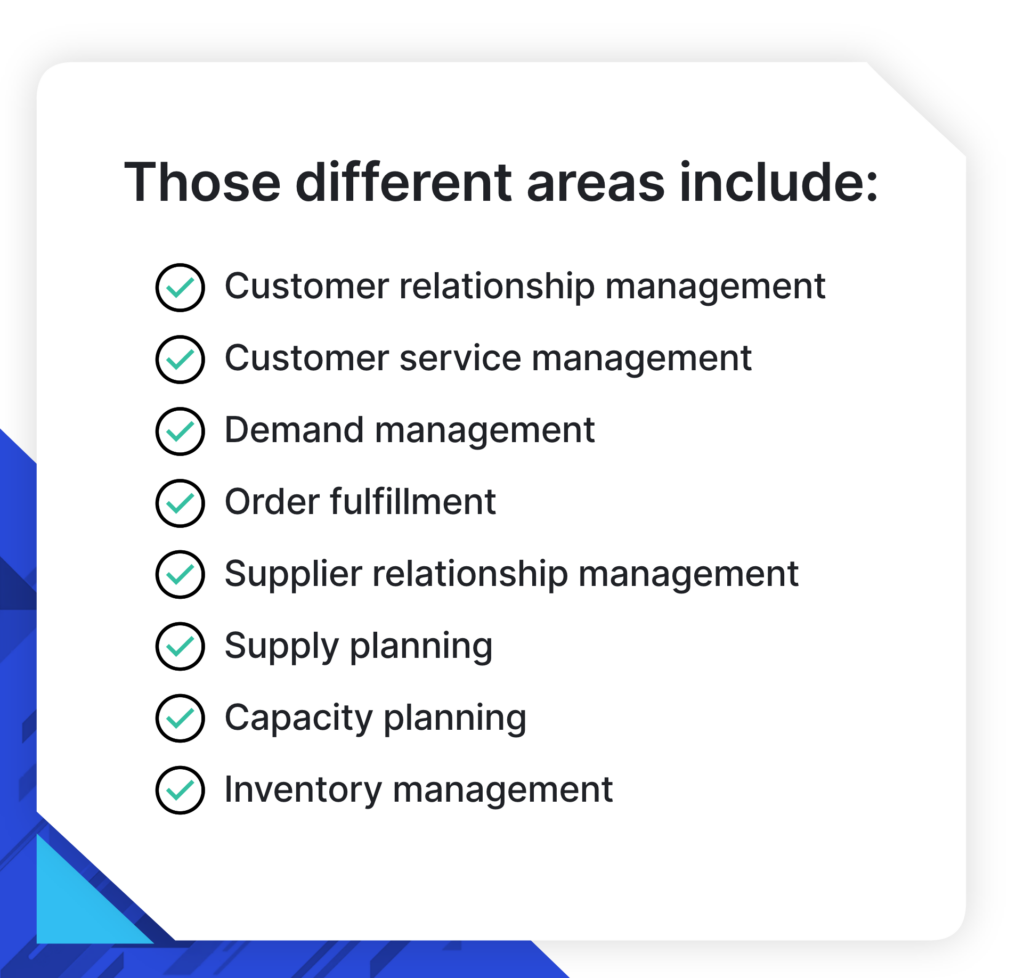Part Four of Our Ultimate Guide to Modern Supply Chain Management
Welcome to the fourth and final installment of our Ultimate Guide to Modern Supply Chain Management! Over the past few weeks, we’ve unpacked the complexity of being a supply chain manager today, and have explored a myriad of ways to build a more efficient global supply chain.
We started this blog series by explaining how to conduct an internal supply chain audit before delving into how to improve supply chain visibility with real-time data, and then a look at 10 strategies to reduce lead times. Today, we offer 5 crucial tips to improve your supply chain management process.
A well-optimized supply chain can make the difference between thriving in a competitive market or falling behind. But achieving excellence in supply chain management is easier said than done. Global supply chain complexities, shifting consumer demands, and technological advancements have added intricate layers to supply chain management. Improvements are possible, however, when you prioritize adaptability.
Whether you’re a seasoned supply chain professional or just starting on your journey, this blog post will provide you with five invaluable tips to enhance your supply chain management (SCM) process. You should seek to improve your supply chain management processes to:
- Create a more agile business that can adapt to supply chain network changes
- Create better relationships with suppliers
- Get better quality control with products and raw materials
- Improve shipping and warehousing
- Reduce inventory and overhead costs
- Improve risk mitigation in the organization
- Create a stronger cash flow
- Get better visibility into the business with data and analytics
Of course, you’ll want to gauge the quality of your current supply chain management processes before attempting to improve them. Tracking metrics is a great way to get a current benchmark for the SCM you currently have in place. Inventory waste, product quality, and operational effectiveness are just a few metrics that can help you see how supply chain management impacts your business’s success and profitability.
Without further delay, here’s 5 tips to build a more effective supply chain.
Tip #1: Start With the 5 Basic Steps of Supply Chain Management
The first tip is to look at the five steps of supply chain management and see how to make improvements in each area. These five steps guide your entire SCM process, so knowing how each one impacts the overall flow is important.
Step 1: Plan
The planning step involves matching your supply with the demand for your products or goods. Production planning and demand planning help you understand what goals you need to set to meet customer demands and what investments you need to make to achieve those goals. Improving your planning involves looking at your warehouse space and inventory spending.
Step 2: Source
The sourcing step refers to the process of finding sources of raw materials and products that your manufacturing processes need. Improving your sourcing might mean looking at your supplier relationships and seeing who delivers on time, who has the best quality resources, and if you can merge suppliers.
Step 3: Make
The making phase involves the assembly, creation, testing, and packaging in your factory. You create the final products that you then deliver to customers in this step. Improving your production processes can involve looking at your machines and equipment, operators, run times, and outputs.
Step 4: Deliver
The delivering step is where you get your finished product into your customers’ hands. This step provides customer feedback on their needs and satisfaction levels, which gives insights into how well you deliver on your promises. Listening to this feedback can be beneficial in improving your delivery processes.
Step 5: Return
The final step in the manufacturing lifecycle is the return step, where you have channels for damaged, low-quality, or otherwise unsatisfactory products to be brought back to you. This is also important in increasing customer satisfaction and providing great customer service. To improve your return process, take a look at your available return methods. The easier the returns process is, the more satisfied customers will be.
Tip #2: React to Supply Chain Challenges in Real Time
The changes to the global supply chain and logistics management happen quickly. To successfully adapt to those changes, you need to have real-time reactions to the challenges. Different types of technology can help you become more adaptable, identify supply chain risks, source new suppliers, and evaluate your top-performing suppliers. Types of technology that can help include:
- Purchase order management software
- Supplier management software
- Enterprise resource planning (ERP) systems
- Order processing tools
- Demand forecasting platforms
- Warehouse and inventory management tools
Tip #3: Eliminate Information Silos
Information silos occur when there isn’t a single source of information for the company to use. When you run across different systems and don’t have a centralized database, the resulting lack of cohesion can increase miscommunication between teams. Information silos can also lead to increased errors, incorrect reporting, and general confusion across your organization. Synchronizing short-term operational planning with wider business processes can help keep everyone on the same page.
A contributor to information silos today is supply chain professionals’ reliance on outdated supply chain management systems, like spreadsheets. According to Anvyl data, 67% of supply chain managers report using Excel.

To create a steady stream of shared real-time data, you can try investing in a solution that provides a single source of truth like Anvyl’s intelligent purchase order platform. Our platform also integrates with many other popular supply chain planning software for a frictionless technology experience, including ERPs, inventory management, fulfillment, freight, logistics, and finance tools.
Tip #4: Monitor Trends and Integrate Supply Chain Technology
Another tip for improving your SCM processes is to stay up to date on emerging trends and advancements in supply chain technology. Some of those trends include:
- AI and machine learning: The rise of AI, automation, and machine learning helps supply chain managers optimize forecasting based on historical data and create predictive models that help regulate supply while predicting pricing and gathering marketing intelligence.
- Regulatory challenges and security risks: Software and technology can help organizations plan for regulatory challenges and increased security risks by building adaptability into blockchain processes.
- Supplier relationship management: Even as technology advances, relationships with suppliers remain valuable to manufacturers. Software and technology make it easier to keep up with supplier partnerships and source new providers if a supplier isn’t meeting demand.
Tip #5: Understand the Strengths and Weaknesses of All Supply Chain Management Processes
There are many areas of the supply chain, and trying to improve them all at once isn’t a realistic supply chain management strategy. Instead, it’s a better idea to look at the critical aspects of the supply chain and pick a few to focus on.
One way to narrow down your selections is to look at different supply chain factors and see which are areas of strength and which are areas of weakness. If you know where your weaknesses are, you can prioritize your changes and ensure that your efforts are going into the right areas of the supply chain.

Enhance Your Supply Chain Management Process With Anvyl
A strong supply chain management process is essential for the health of your business. An efficient supply chain impacts every facet of your organization’s success, from customer satisfaction to cash flow, and innovation to expansion.
Anvyl helps the world’s fastest growing retail brands streamline their supply chain management processes. Our intelligent purchase order management platform provides you with a central source of truth for all your data and manufacturing information, helping you improve supplier relationships and operate your supply chain with greater confidence.
Don’t waste time. Discover more about our PO management platform, including our integrations, today. Book a demo to learn how you can join the likes of Brooklinen, Native, and Coola in allowing Anvyl to help you modernize your supply chain management strategy.



